I’m excited to announce that I’m on the jury for a new design competition, called White House Redux, the purpose of which is to design a new home for the U.S. Presidency.
 It’s a speculative project, to be sure – but a fun one, and I can’t wait to see what comes up.
It’s a speculative project, to be sure – but a fun one, and I can’t wait to see what comes up.
Here’s the brief:
What if the White House, the ultimate architectural symbol of political power, were to be designed today? On occasion of the election of the 44th President of the United States of America, Storefront for Art and Architecture, in association with Control Group, challenge you to design a new residence for the world’s most powerful individual. The best ideas, designs, descriptions, images, and videos will be selected by some of the world’s most distinguished designers and critics and featured in a month-long exhibition at Storefront for Art and Architecture in July 2008 and published in Surface magazine. All three winners will be flown to New York to collect their prizes at the opening party. Register now and send us your ideas for the Presidential Palace of the future!
 Continuing:
Continuing:
Few people realize the extent of the White House, since much of it is below ground or otherwise concealed by landscaping. The White House includes: Six stories and 55,000 square feet of floor space, 132 rooms and 35 bathrooms, 412 doors, 147 windows, twenty-eight fireplaces, eight staircases, three elevators, five full-time chefs, a tennis court, a bowling alley, a movie theater, a jogging track, a swimming pool, and a putting green. It receives about 5,000 visitors a day.
The original White House design, by James Hoban, was the result of a competition held in 1792. Over the centuries, presidents have added rooms, facilities and even entire new wings, turning the White House into the labyrinthine complex it is today.
What if, instead of in 1792, that competition were to be held today? What would a White House designed in 2008, year of election of the 44th President of the United States, look like?
That’s the question, then: If you were to design a residential office complex for the U.S. President, what would it look like? Perhaps London’s GLA? Or the CCTV Building? Or Selfridge’s, Birmingham? Or the Kunsthaus Graz?
Would it be stylistically European – or Latin American, or African, or Asian? Prefab? Rammed earth? Perhaps an updated Nakagin Capsule Tower? Or would it be a Walking City? Maybe a helicopter archipelago? Maybe algae-powered, or billboard-bound, or an inhabited dam?
Would it be ironic, self-deprecating, imperial, solar-powered, walled off behind anti-missile batteries, or anachronistically neoclassical and made of limestone?
All of the above?
Here are the specs. The jury consists of Beatriz Colomina, Stefano Boeri, Liz Diller, John Maeda, myself, and Laetitia Wolff.
So step up and submit. I’m genuinely excited about this. Show us your best! Think big, think small, think detailed. Think abstract. Change history.
 [White House Redux is sponsored by Control Group and Storefront for Art and Architecture].
[White House Redux is sponsored by Control Group and Storefront for Art and Architecture].
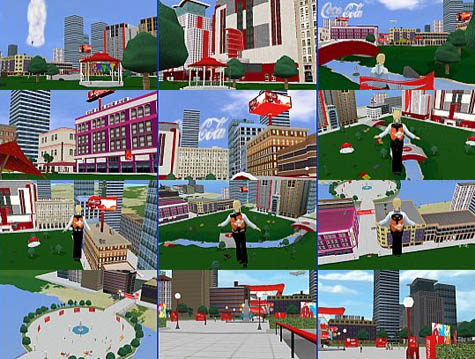 [Image: Some examples of work by Imaginary Forces].
[Image: Some examples of work by Imaginary Forces].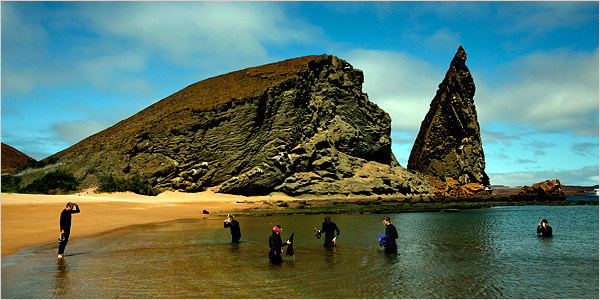 [Image: ©Michael Nagle for
[Image: ©Michael Nagle for 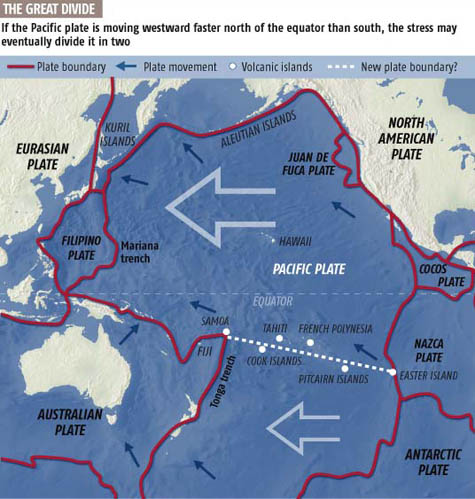 [Image: Courtesy of
[Image: Courtesy of 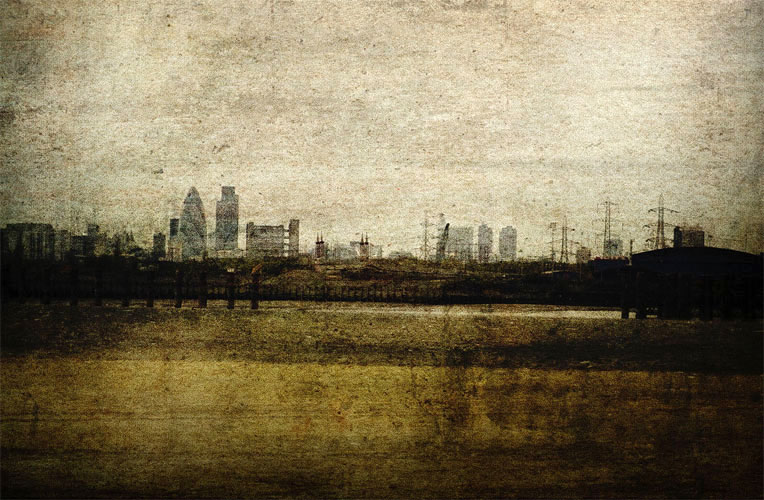 [Image: A photo from Jacob Carter’s ridiculously gorgeous
[Image: A photo from Jacob Carter’s ridiculously gorgeous 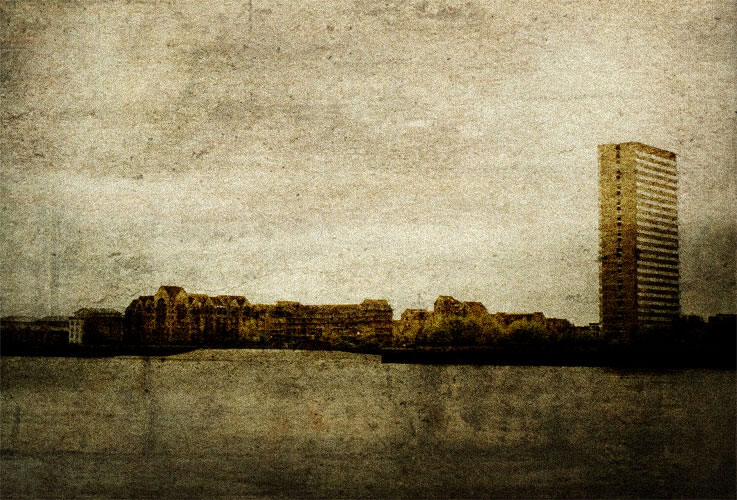 [Image: Another one from Jacob Carter’s
[Image: Another one from Jacob Carter’s 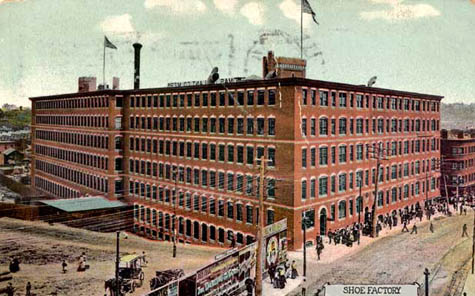 The author “claimed to have become so intoxicated” by the fumes that “she was reduced to writing thrillers.” Indeed, the fumes grew so intense “that she was unable to concentrate on writing her highbrow novel, Cool Wind from the Future, and instead wrote a brutal crime story, Bleedout, which she found easier.”
The author “claimed to have become so intoxicated” by the fumes that “she was reduced to writing thrillers.” Indeed, the fumes grew so intense “that she was unable to concentrate on writing her highbrow novel, Cool Wind from the Future, and instead wrote a brutal crime story, Bleedout, which she found easier.” 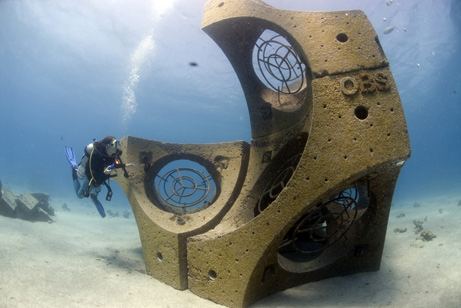 [Image: Photo by Eran Brokovich for
[Image: Photo by Eran Brokovich for 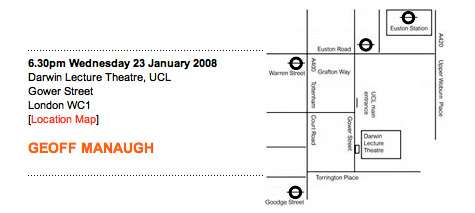 I believe, as well, that I’ll be introduced by
I believe, as well, that I’ll be introduced by  It’s a speculative project, to be sure – but a fun one, and I can’t wait to see what comes up.
It’s a speculative project, to be sure – but a fun one, and I can’t wait to see what comes up.  Continuing:
Continuing: [
[
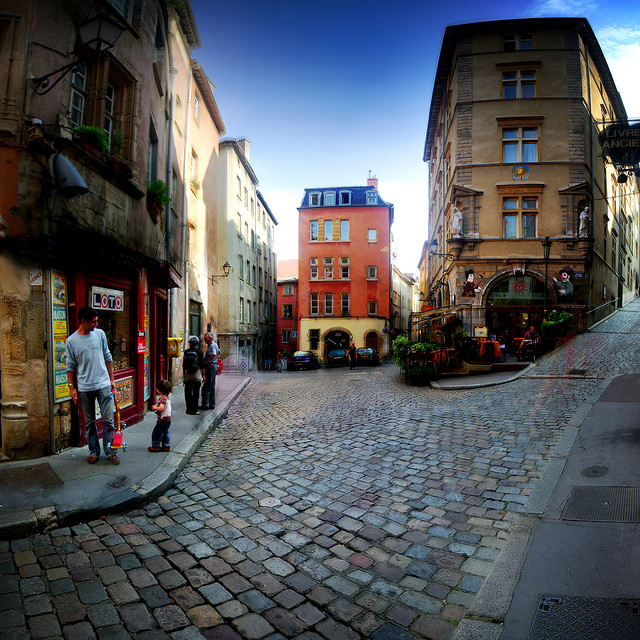 [Image:
[Image: 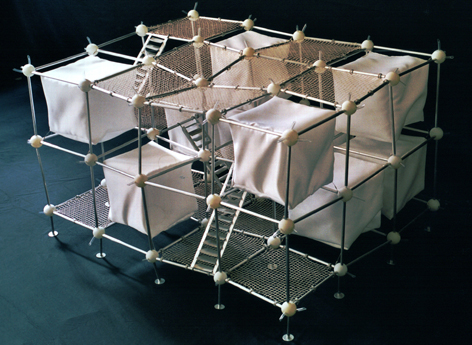 [Image: Maison elastique by
[Image: Maison elastique by 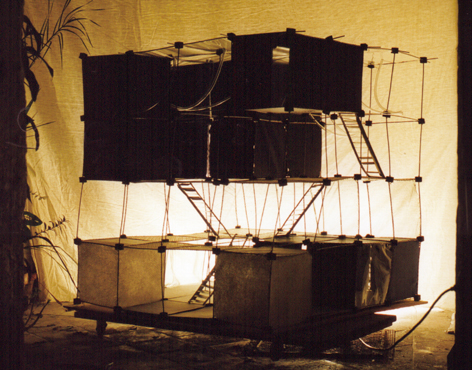
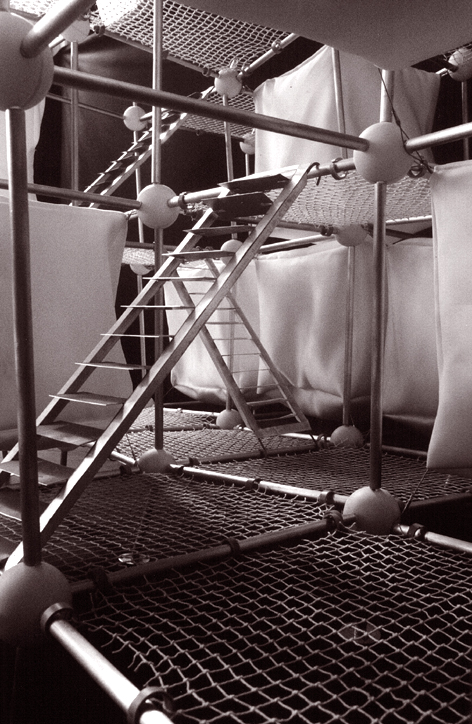
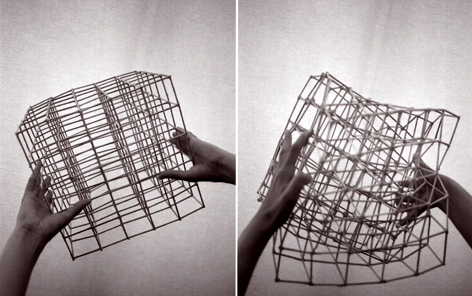 [Images: More views of Elastic Houses by
[Images: More views of Elastic Houses by 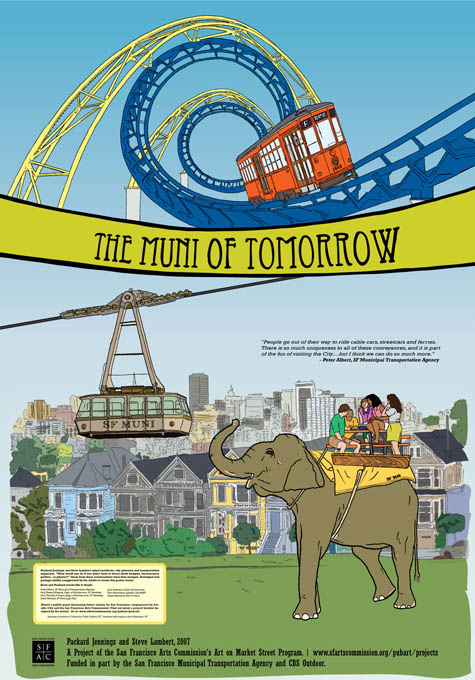 [Image: By Steve Lambert and Packard Jennings – you must
[Image: By Steve Lambert and Packard Jennings – you must 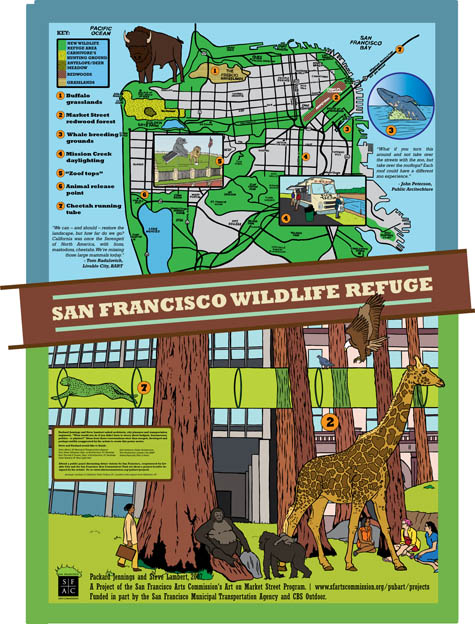 [Image: By Steve Lambert and Packard Jennings –
[Image: By Steve Lambert and Packard Jennings – 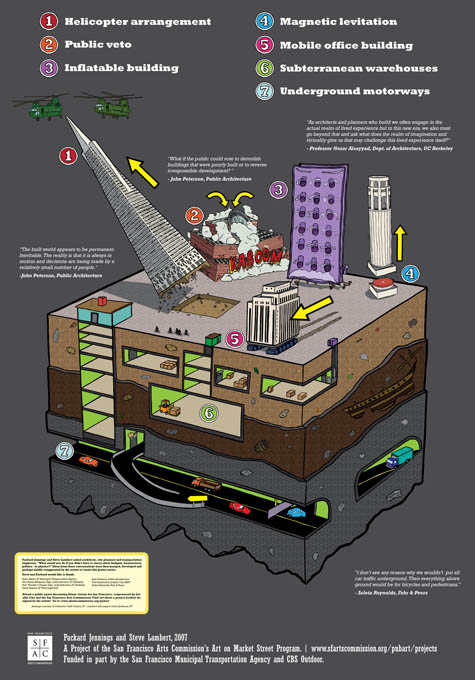
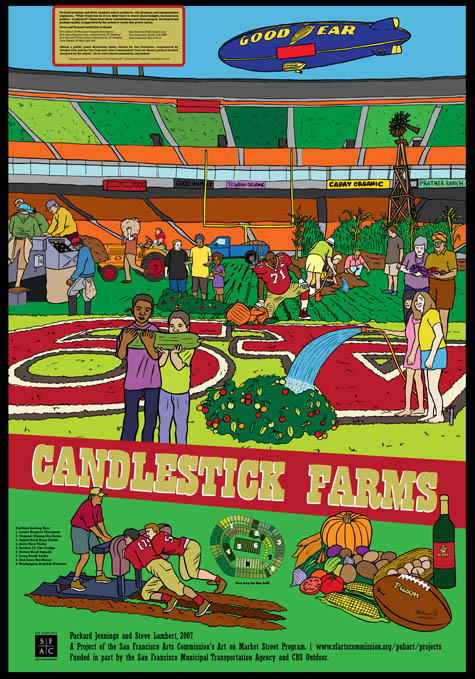
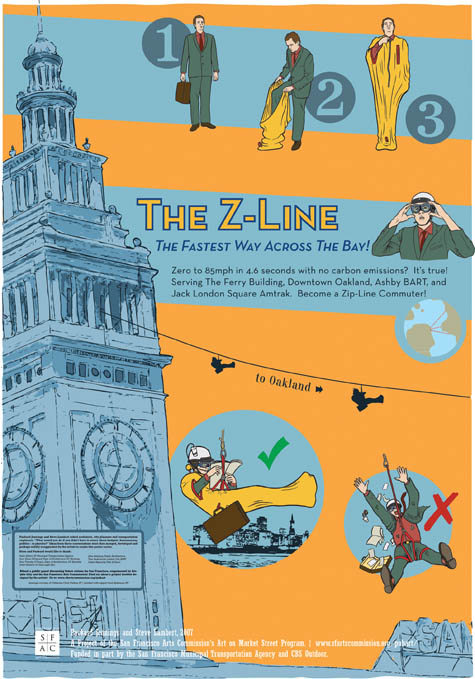 [Images: By Steve Lambert and Packard Jennings – view larger:
[Images: By Steve Lambert and Packard Jennings – view larger: